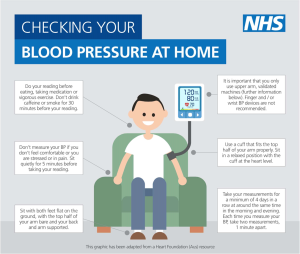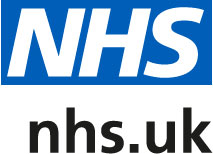The Villa Medical Centre
1-2 Roman Road, Prenton, Wirral, CH43 3DB
Sorry, we're closed

Weekly Walk-In Smear Test Clinic at St Catherine’s Surgery POSTPONED Diazepam for a Fear Of Flying Surgery Afternoon Closure Wednesday 22nd January 2025 New Pre-book Appointment Service For X-rays
The Correct Way to Measure Blood Pressure at Home: Step-by-Step Guide

Following the proper technique when measuring your blood pressure at home is essential for obtaining accurate readings. Even small deviations from the recommended procedure can lead to significant measurement errors.
Before You Measure: Essential Preparation Steps
Proper preparation is crucial for accurate blood pressure readings. Before you begin:
- Empty your bladder – A full bladder can raise your blood pressure reading by 10-15 mmHg
- Avoid stimulants – No caffeine, nicotine, or alcohol for at least 30 minutes before measurement
- Rest before measuring – Avoid exercise for 30 minutes and sit quietly for 5 minutes before taking your reading
- Remove restrictive clothing – Roll up your sleeve or remove tight clothing from your arm
- Find a quiet environment – Choose a place free from distractions and noise
Proper Positioning for Accurate Measurement
Your body position significantly affects blood pressure readings. The correct position includes:
- Sitting upright – Use a chair with back support, not a stool or couch edge
- Feet flat on the floor – Uncross your legs and keep both feet flat on the ground
- Arm supported at heart level – Rest your arm on a table or armrest; arm dangling too low or held too high can alter readings by 5-10 mmHg
- Remain silent – Talking during measurement can raise readings by 10-15 mmHg
Step-by-Step Measurement Procedure
Follow these steps for the most accurate blood pressure readings:
- Position the cuff correctly – Place it on bare skin, about 1 inch (2-3 cm) above the bend of your elbow, with the bottom edge of the cuff at the same level as your heart
- Secure the cuff – It should be snug but not too tight. You should be able to slip two fingertips under the edge
- Position your arm – Keep your palm facing upward with your arm slightly bent
- Start the measurement – Activate your device and remain still and quiet during the entire process
- Wait one minute – Then take a second reading to verify the result
- Take a third reading – If the first two readings differ by more than 5 mmHg
- Calculate the average – For multiple readings, use the average value
- Record your results – Note the date, time, readings, and which arm you used
Common Measurement Pitfalls to Avoid
- Rushing the process – Not resting for 5 minutes can elevate readings by 10-20 mmHg
- Incorrect cuff position – Placing the cuff over clothing or incorrectly on the arm
- Poor body position – Slouching, crossing legs, or unsupported arms
- Taking only one reading – Blood pressure naturally varies, so single readings can be misleading
- Inconsistent timing – Measuring at different times of day without accounting for natural variations
By following these guidelines, you can ensure your home blood pressure readings are as accurate as possible, giving you and your healthcare provider reliable information for managing your cardiovascular health.
Opening Times
- Monday
08:30am to 12:30pm
01:30pm to 06:30pm - Tuesday
07:00am to 12:30pm
01:30pm to 06:30pm - Wednesday
08:30am to 12:30pm
01:30pm to 06:30pm - Thursday
08:30am to 12:30pm
01:30pm to 06:30pm - Friday
07:00am to 12:30pm
01:30pm to 06:30pm - Saturday
CLOSED
Please call NHS 111 if you require an out of hours GP appointment over the weekend - Sunday
CLOSED
Please call 111 if you require an out of hours GP appointment over the weekend



